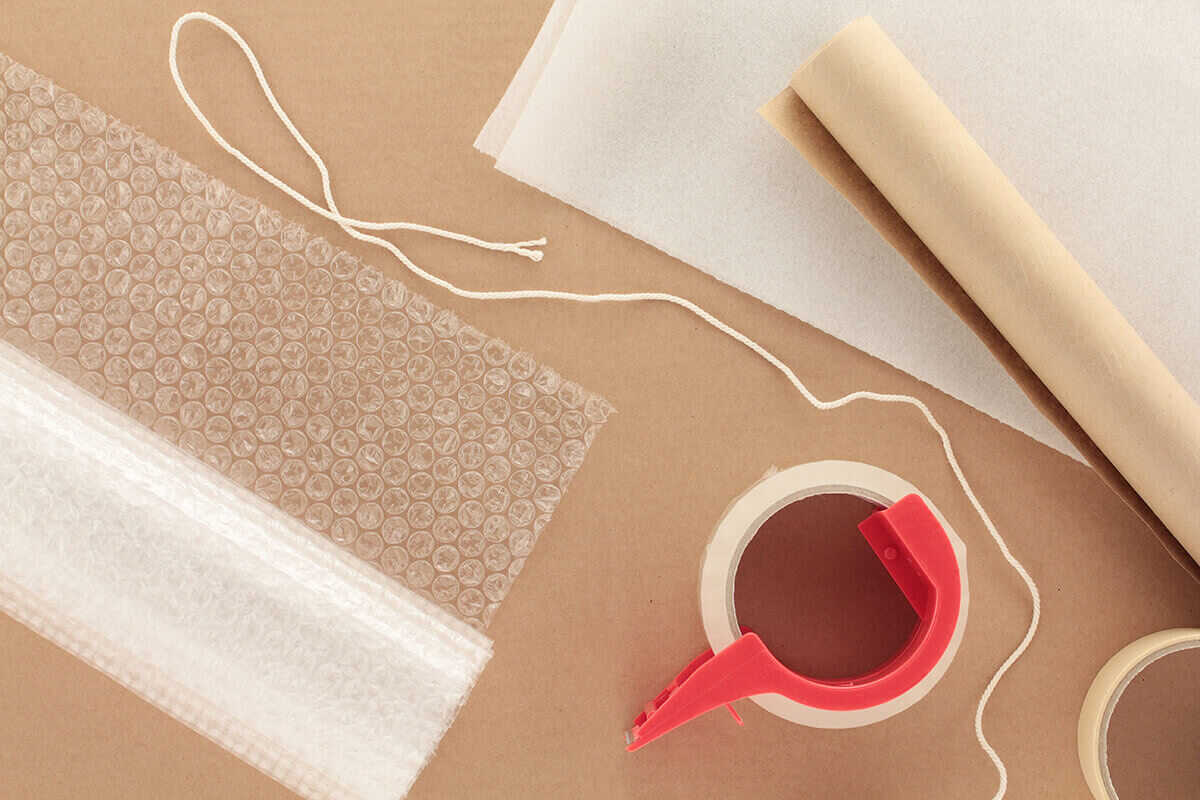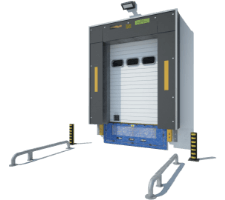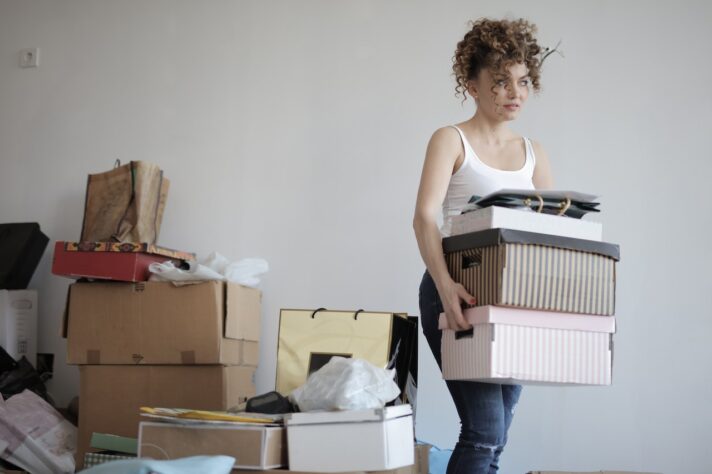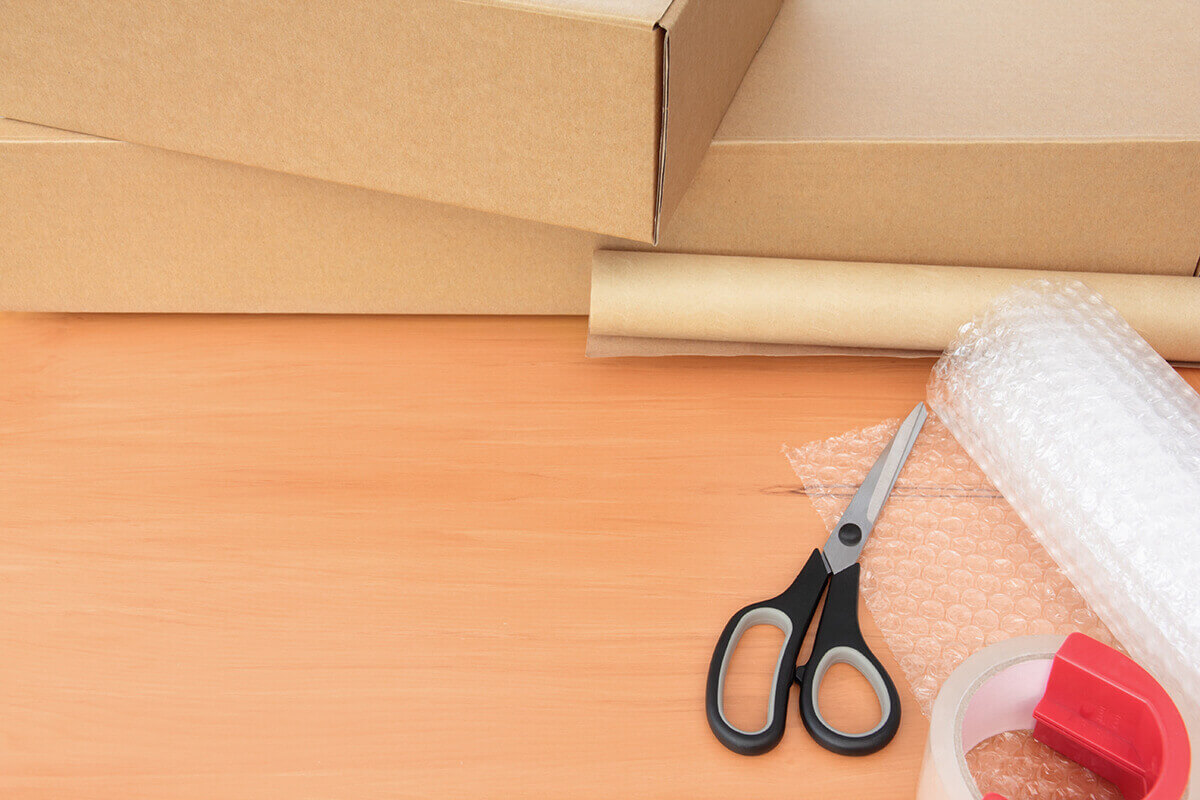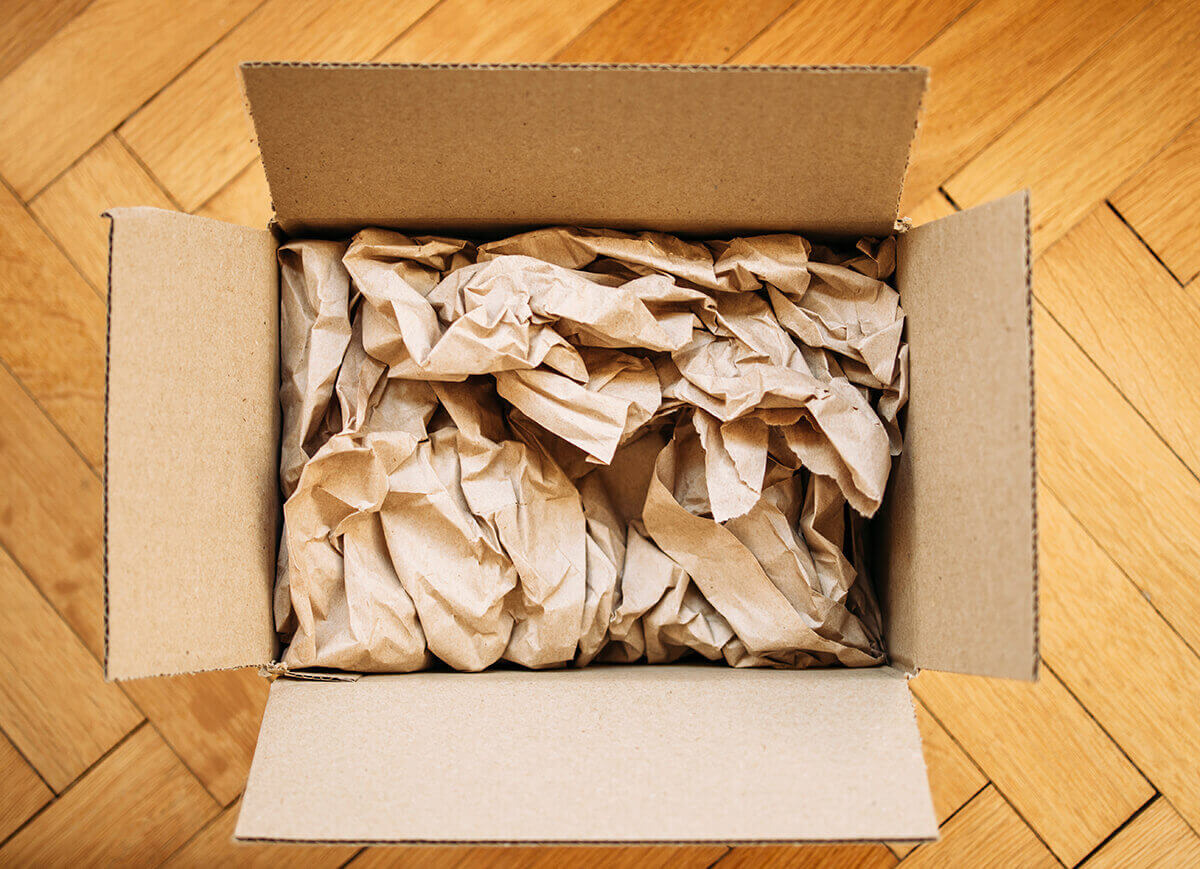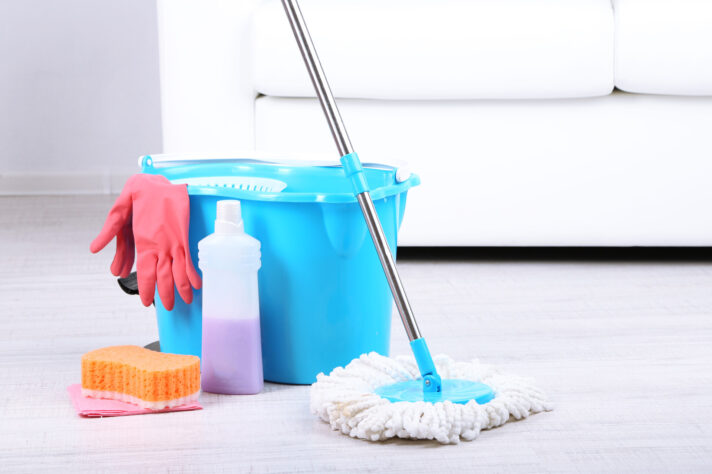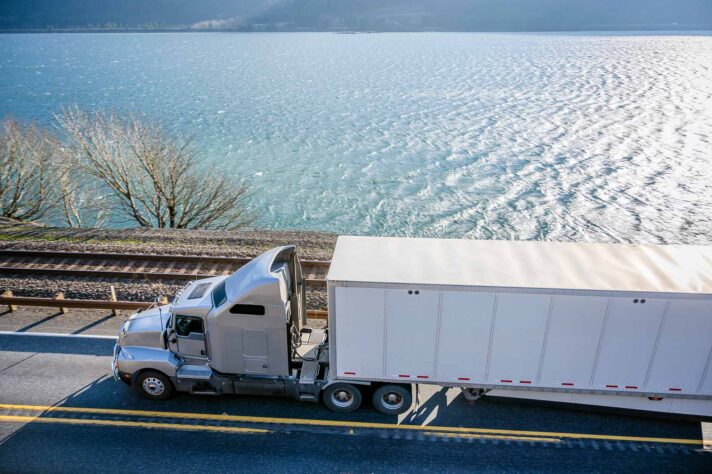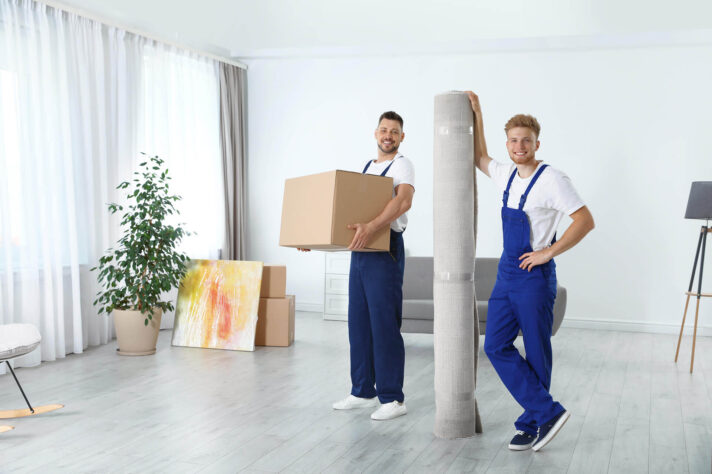If you’re completely set on the idea of packaging all of the household goods by yourself, you’ll want to find out which materials you should utilize for the best result. When you want to use the quality supply, it all comes down to bubble wrap vs. packing paper – so which is better? We can help you find out the answer.
In order to protect your items, you must know which supplies will be of greatest help Why Should You Invest in Quality Materials When Moving Cross Country?
The ultimate goal of each move to a new home is relocating your belongings from one place to another safely and damage-free. In order for it to happen, gathering packing materials that will provide you with the best possible protection is essential. Even though you may want to reduce costs by opting for homemade materials such as newspapers or a cotton wardrobe, it’s not the smartest choice for packaging fragile items and other delicate belongings. If you don’t want all the relocation benefits to be spoiled by irreparable damage some of your stuff may suffer, it is always wise to invest in quality supplies.
The Eternal Dilemma: Is Bubble Wrap or Paper Better for Packing?
The answer to this question is more complicated than what you would initially think. Both of these materials provide good protection, but in specific situations, one shows better performance than the other. For example, packing papers can be an excellent solution when you want to save up space. However, air bubbles in plastic wrapping offer the most security against breakage. Ultimately, the decision of which supply to use will depend on the nature of the object you want to protect.
Getting Professional Help May Set You Free From Choosing
When getting cross-country moving services, some of the most reliable companies will present you with the option of getting additional packing services or even custom crating for the most delicate and valuable pieces. Not only is it a great option when you have a last-minute move or want a stress-free relocation to a new home, but it can release you from worrying about getting the proper packaging materials! Long-distance movers will bring all the supplies required and utilize them appropriately so your belongings arrive intact in your new home. After all, nobody knows the pros and cons of each material better than professional packers.
When and How to Use Plastic Wrap?
Although air pockets can be useful for various belongings, they will be the most useful material when packaging fragile and highly breakable objects. When you have to pack glassware or want to pack dishes, mirrors, and lamps so they stay completely protected during the whole relocation process, bubbles are the top solution.
Additionally, keep in mind that this material can fit almost any shape and protect all of the item’s parts. For example, the paper’s bound to be pierced if an object happens to have some pointy ends, while it won’t be the case when it comes to the air pockets. Also, remember that air bubbles are a good solution when you need to pack electronics, especially if you opt for using an anti-static wrap.
Since this material has two sides, one flat and one with air bubbles, one of the common moving mistakes is using the wrong side. But which one is it? Here are some of the reasons why items should always be packed with a flat side facing outward:
- When the accident occurs, the air bubbles facing inward will protect the objects from breakage,
- Labeling over the flat surface is much easier,
- It’s easier to place duct tape over the flat side than over the bubbles.
However, it would be smart to combine some other material with it since sometimes air pockets can leave marks on glass surfaces. The other material should cover an item first, then add one layer of air bubbles to cushion it. It will prevent any damage caused by unavoidable exterior pressure and hits during the move.
Bad Weather Conditions Demand Better Insulation Packing Paper Can’t Provide
External impacts and vibrations shouldn’t be the only things on your mind when you’re thinking about how to prepare for a move. Remember that rain, snow, or extreme cold can damage your belongings. Therefore, if you’re relocating in the rain or plan to move in winter, you must choose a material that will help you insulate your belongings the best – and that would be plastic wrapping.
Papers can’t protect the belongings from getting wet, and once soaked, they lose most of their protective abilities. Therefore, air bubbles win this round. Of course, note that well-padded boxes will also affect better insulation.
Bubble Wrap Can Provide You With Stress Relief in a Way Papers Never Could
Relocation to a new home is one of the most stressful events in a person’s life, so it’s not a surprise that many experience anxiety about moving out. However, outside of wrapping purposes, this material can even have a stress-relief effect – just remember how relaxing and satisfying popping those air pockets are!
Still, you must make some limits for yourself because, without air bubbles, plastic wraps lose their purpose. Therefore, set aside several sheets or air pockets for the times you feel especially anxious and stressed, and ensure the rest of it is used for wrapping – as it should.
Environmental Issues Make Some People Seek an Alternative to Bubble Wrap
Not all people want to use bubble wrap, and the most common reason behind it is its environmental impact. “What can I use instead of bubble wrap for packing?” is a question many environmentally conscious people ask. Not all plastic is recyclable, and that, unfortunately, includes these bubbles. All that plastic waste that remains after relocations most commonly ends up dumped in the environment and left to decompose for more than 500 years.
So, what is the solution? You can opt for other materials (such as papers, old linens, beddings, clothes, towels, and the like), or you can search for more eco-friendly bubbles that can biodegrade much faster.
Simultaneously, once you finish with the move, don’t just throw away wrapping that can still be used, but give it away. If you and your loved ones need them, offer them at online marketplaces or visit websites such as Freecycle and help someone who needs it.
Although it's now one of the most used boxing up supply, bubble wrap was initially invented as textured wallpaper Can You Use Paper Instead of Bubble Wrap and When It Is a More Suitable Option?
Packing paper shares several advantages with air pockets:
- Both are affordable – it’s one of the essential things to consider since cross-country move isn’t cheap (whether you decide to get long-distance moving services or do it yourself),
- Both are lightweight – it’s important because most the relocation companies set their prices based on the weight of your belongings,
- Both are reusable – once you make your purchase, you can continue using them or give them away to someone else who may find them helpful.
However, papers can be a good solution when you don’t want to utilize non-recyclable material or need to save up on space inside of the boxes. Still, be sure you find some smart packaging tips and tricks for wrapping different objects with paper so that they can be protected to the fullest.
Using Paper to Pack Fragile Items – Yay or Nay?
More likely than not, your household inventory list will hold plenty of delicate and fragile stuff – plates, glasses, bowls, electronics, pots, pans, vases, mirrors, paintings, and the like. Can papers provide enough protection for them? The answer is yes, but you must know how to use them properly. For the best result, ensure to follow this step-by-step guide:
- Utilize several sheets,
- Cover the objects so that all parts are protected,
- Place sheets inside of the items, such as bowls, cups, and mugs, for additional support,
- Utilize tape so sheets stay in one place,
- Place objects (such as dishes) in the box vertically,
- Add padding to the boxes.
Bubble Wrap vs. Packing Paper – What Is the Better Choice for Protecting Larger Items?
Although relocation blankets are an excellent solution for big and heavy objects, air bubbles will provide maximum safety to small furniture and appliances. Think about large lamps and their (usually) irregular shape. Not only will using papers for wrapping large, fragile objects be time-consuming, but in most cases, it won’t provide enough protection.
Using papers for wrapping larger objects can often seem like a Sisyphean task For Maximum Protection, Combine Different Types of Packing Materials
Air pockets are, in most cases, a more secure choice than papers, but don’t forget that bubbles can actually harm the surfaces of some objects – which is counterproductive for what you want to achieve. So how can you be entirely certain that your most valuable things will remain damage-free after the move? The best solution is to cover an item with a layer of paper and then add air bubbles on top. Papers will be more gentle to the surface you’re protecting, while air pockets will be there to provide the necessary cushioning. That is why, when it comes to supplies, both of these materials are considered moving essentials.
If you need a visual representation of how to get the best results by combining these materials, make sure to watch the video below:
These Materials Can Be Used for Both Wrapping and Padding
Although wrapping is the main purpose for both materials, keep in mind that they are also often used for padding – especially when it comes to papers. When packaging, you must ensure that each side of the box is appropriately cushioned and every void inside of it is filled.
Keep in mind that any residual space inside of the boxes represents a possible hazard to the fragile stuff inside. Crumpling the papers and filing all the empty spaces with them will immobilize the objects and, therefore, reduce the chances of breakage.
Padding boxes will add additional security Hire a Reliable Cross-Country Moving Company and Let Movers Choose the Right Materials
Choosing proper supplies is a small but essential task that can provide you with a headache or two once you start thinking about it. However, the true nightmare begins when the boxing up time arrives, and you need to utilize them to cover and protect all of your belongings adequately. If this tiring task doesn’t sound tempting to you, let cross-country movers help you. A trustworthy long-distance moving company can provide packaging services that will save you all the trouble packaging brings. Let professionals worry about how to keep your belongings safe while you devote your time to other important relocation tasks.
